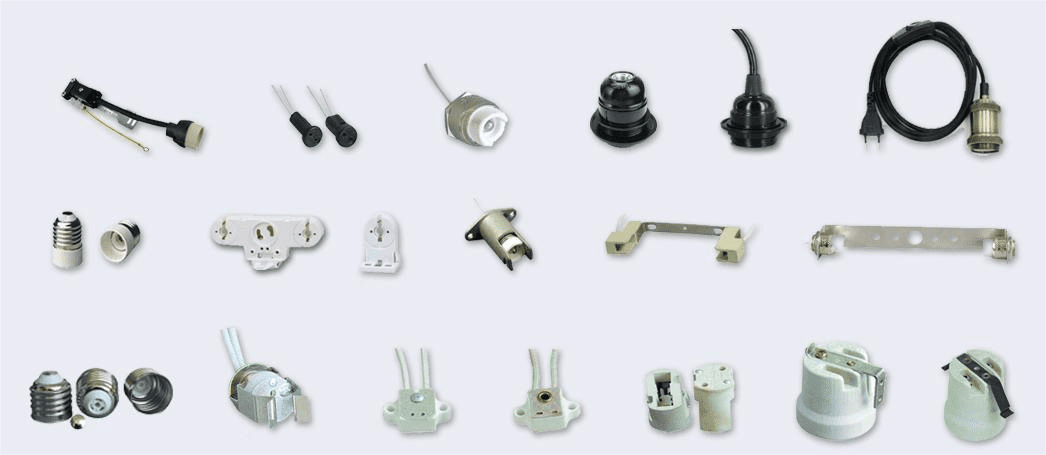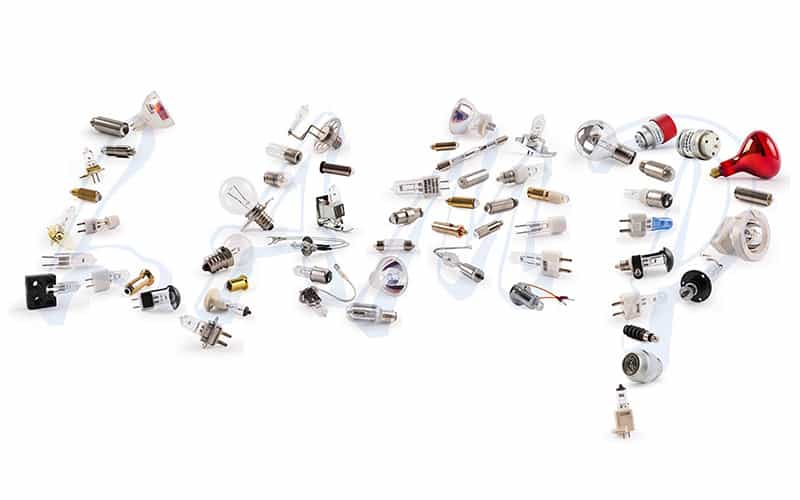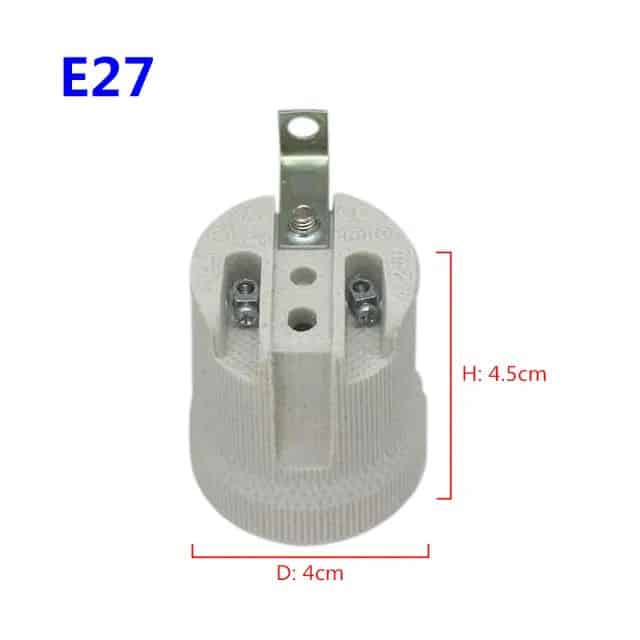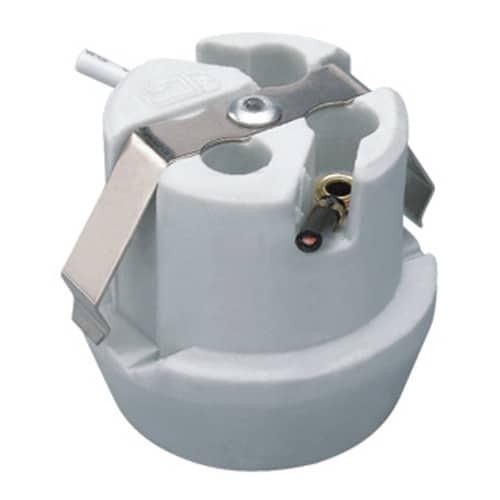Picking the right size light bulb for your socket is important for safety and function. If you use the wrong size light bulb, it might not fit, it might not light, or you might have electrical issues. Many people have trouble identifying what size light bulb socket they have, especially with all the different types of light bulbs available. The good news is, it’s easy once you know what to look for. We’ll walk you through how to figure it out.
To figure out what size light bulb socket you have, you can look for the printed specifications on the socket, measure the diameter with a ruler or caliper, or compare it to a standard light bulb chart.
Now, let’s look at how you can figure out what size light bulb socket you have.

Understanding Different Light Bulb Socket Sizes
Before diving into how to measure or identify your socket, it’s important to understand the different types of light sockets available and their common uses.
Common socket sizes: The size of a light bulb socket is usually indicated by a code that begins with the letter “E” followed by a number. For example, an E26 socket is the most common size for standard household bulbs in North America, with the number indicating the socket’s diameter in millimeters. So, E26 refers to a socket with a diameter of 26mm. Another common size is the E12, which is smaller and often used in decorative fixtures like chandeliers.
International standards: The letter “E” stands for Edison Screw, which is the most common type of light bulb fitting used worldwide. However, the numbers may vary depending on your location. For instance, while E26 sockets are typical in the US, E27 socket is more common in Europe and Asia. These two sizes are almost identical, but the slight difference can affect compatibility if you’re buying bulbs internationally. Knowing your socket’s regional standard helps avoid mismatches when purchasing bulbs.
Understanding the common types of light bulb sockets and their measurements will help you quickly identify what you need for your fixtures.

Checking the Socket for Printed Information
One of the simplest ways to figure out the size of your light bulb socket is to inspect the socket itself. Manufacturers often mark sockets with relevant information, including the size, wattage, and voltage specifications.
Inspect the socket: Look at the metal or plastic surface of the socket, especially around the base where the bulb screws in. You may find a small label or stamp that indicates the size, such as E26, E12, or E27. This marking provides a direct answer to what type of bulb you should use. If the marking isn’t immediately visible, check for it near the bottom of the socket or even on the light fixture itself.
Using product documentation: If the socket does not have any visible markings, you can turn to the documentation that came with your light fixture. Most manufacturers include detailed information in the user manual or on the packaging, specifying the type and size of the bulb needed. This method is especially useful for new fixtures where the socket information may still be clear in the documentation.
Checking for printed information is often the quickest and easiest way to identify your light bulb socket size.

Measuring the Diameter of the Socket
If your socket does not have printed information, or if you want to double-check, you can measure the diameter of the socket yourself. This method gives you a precise reading and helps ensure compatibility when buying bulbs.
Using a ruler or caliper: To measure the socket, simply use a ruler or, for greater accuracy, a caliper. Measure the opening of the socket across its widest point. The measurement should be in millimeters, as this is the standard unit for light bulb socket sizes. For example, if you measure about 26mm, your socket size is likely E26.
Matching the measurement to standard sizes: After measuring the socket, compare your findings to standard socket sizes. Here are a few common sizes to guide you:
- E26: 26mm diameter (most common in North America)
- E27: 27mm diameter (common in Europe and Asia)
- E12: 12mm diameter (often used for decorative or candelabra bulbs)
This method ensures that you have the exact size of the socket, especially if the fixture is older and the printed information is worn or missing.

Comparing Your Socket with a Light Bulb Chart
Another reliable method for determining socket size is by comparing it with a standard light bulb socket chart. Many hardware stores or online platforms provide charts that list common socket sizes and their measurements.
Standard light bulb charts: These charts typically show the various sizes available, such as E26, E27, E12, and others. By comparing the socket measurement you took earlier to the measurements in the chart, you can accurately identify the size. Most charts also feature visual representations of the socket types, making it easy to compare at a glance.
Using existing light bulbs as a reference: If you already have a light bulb that fits the socket, you can use it as a reference. Look at the base of the bulb, where there may be markings like E26 or E12. If there are no markings, you can measure the base of the bulb and compare it to the chart. This method can be especially helpful if you’re replacing a burnt-out bulb and don’t have the original packaging available.
Comparing your socket to a light bulb chart is a practical and effective way to identify your socket size, especially when you have multiple options in front of you.

Common Types of Light Bulb Sockets and Their Uses
There are various socket sizes used for different types of lighting. Here are some of the most common ones and their typical applications:
E26/E27 (Medium or Standard sockets): These are the most common sockets found in homes and commercial buildings. E26 is the standard socket size in the US, while E27 is its European counterpart. Both sizes are used for general-purpose bulbs, including incandescent, CFL, and LED. You’ll find these in lamps, ceiling fixtures, and most household lighting.
E12 (Candelabra sockets): E12 sockets are much smaller and typically found in decorative fixtures like chandeliers, wall sconces, and some ceiling fans. These sockets hold smaller, candelabra-style bulbs, which are often used for accent or mood lighting. Though smaller, E12 bulbs are available in incandescent, CFL, and LED varieties, making them versatile for many applications.
Other sizes (GU10, MR16, etc.): In addition to the screw-type sockets, you might encounter specialty sockets like GU10 or MR16. These are common in recessed lighting, track lighting, and spotlights. They have unique fitting mechanisms and require specific bulbs. For example, GU10 sockets are used for halogen or LED spotlights, which twist and lock into place, unlike standard screw-in bulbs.
Understanding these common socket types will help you identify the one you have and ensure you choose the correct replacement bulb.
Final Words:
It’s important to know what size light bulb socket you have so you can maintain your lighting fixtures and make sure they’re safe. Whether you look for printed information, measure the socket, or compare it to a light bulb chart, there are a few easy ways to figure it out.
You can use this information to make sure you always use the right light bulb in your socket, so you don’t have any problems and your lighting always works the way you want it to.














